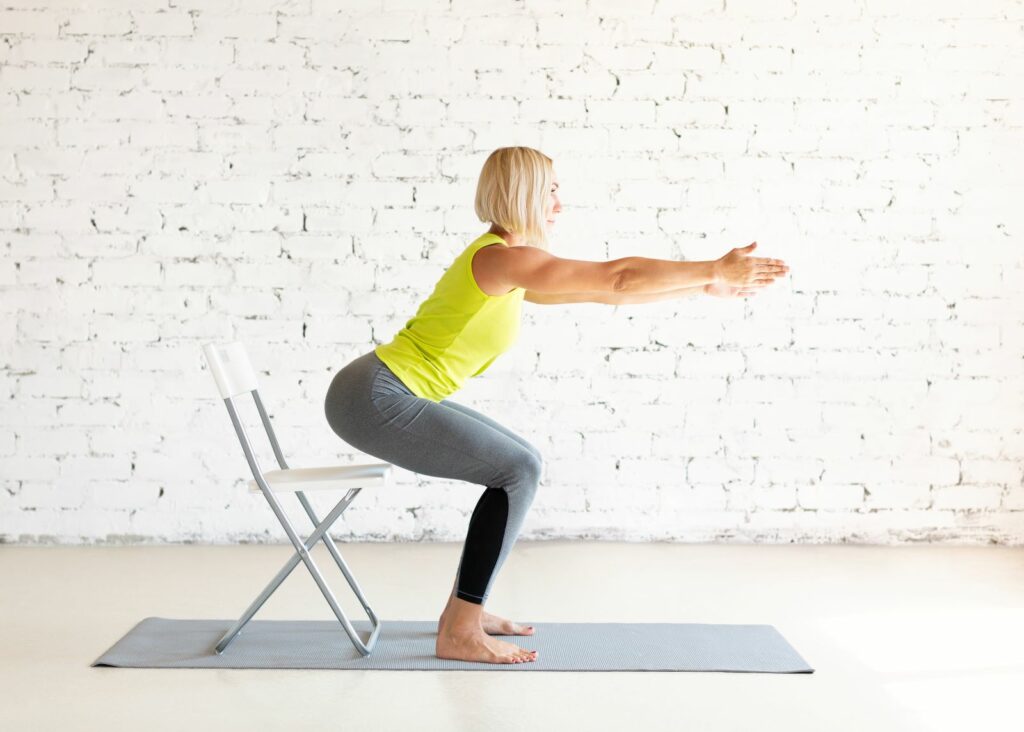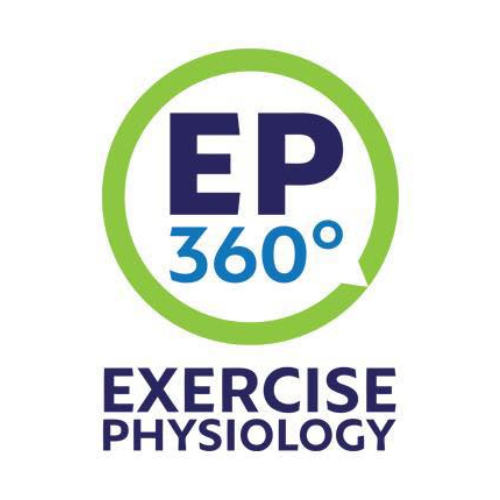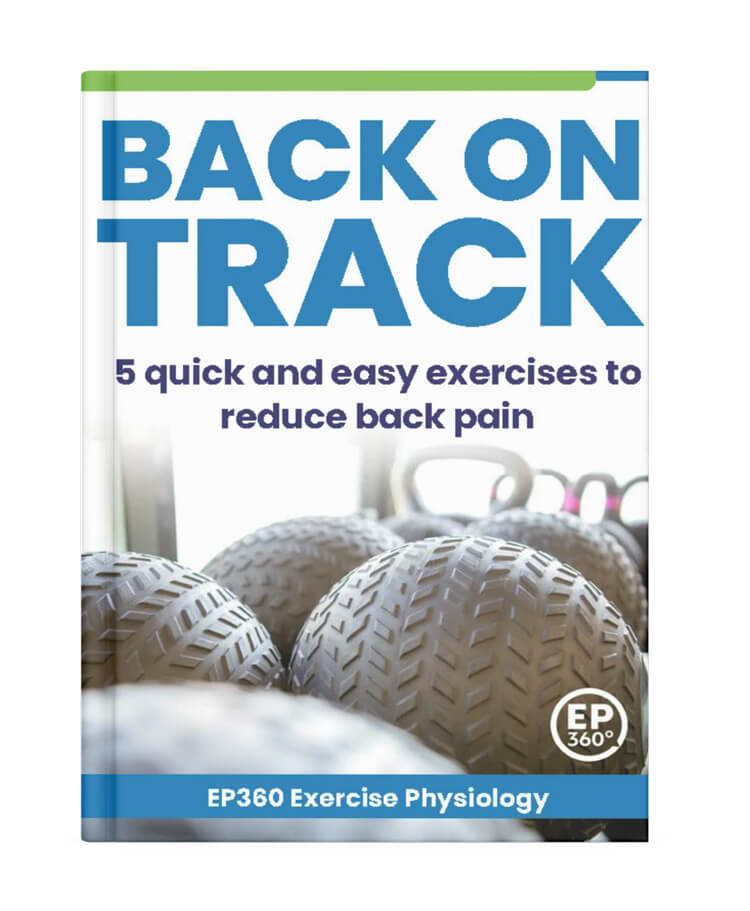This article is part of our 6 part series on back pain. Download the complete eBook for FREE here.
The Side Plank is a beginner-friendly exercise that enhances core strength, particularly in the obliques, and contributes to back pain relief by promoting stability.
Benefits of the Side Plank:
- The Side Plank strengthens the oblique muscles, gluteus medius and quadratus lumborum and enhances core stability, reducing the risk of back pain.
- It encourages proper posture and spinal alignment by strengthening the lateral muscles of the torso.
How to perform the Side Plank – Instructions:
Step 1: Starting Position
- Lie on your side with your legs straight, feet stacked on top of each
other. - Place your elbow directly beneath your shoulder.
- Keep your body in a straight line from head to heels.
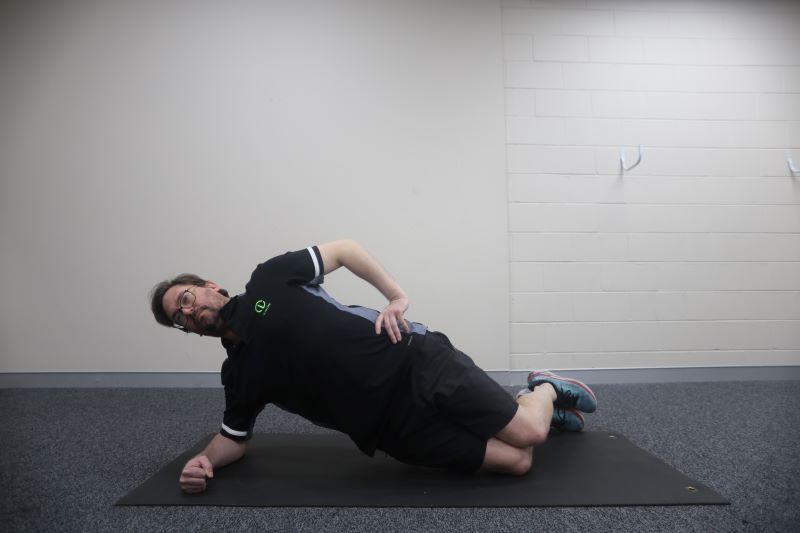
Step 2: Engage Your Core
- Tighten your core muscles and focus on maintaining a straight, stable body position.
Step 3: Perform the Exercise
- Lift your hips off the ground, keeping your body in a straight line.
- Hold this position with your weight supported by your elbow and the side of your bottom foot.
- Focus on balance and stability.
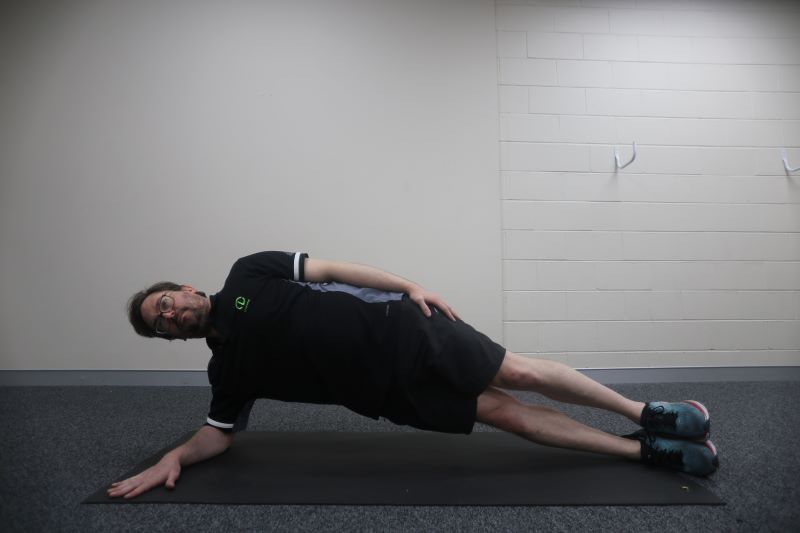
Side Plank Sets & Reps
- For beginners, start with 2 sets of 15-20 seconds on each side.
- Gradually increase the duration of your holds as your strength improves.
Tips & Form
- Maintain a straight line from your head to your heels. Avoid letting your hips sag or pushing them too high.
- Keep your core engaged throughout the exercise.
- Breathe steadily and focus on balance and control.



